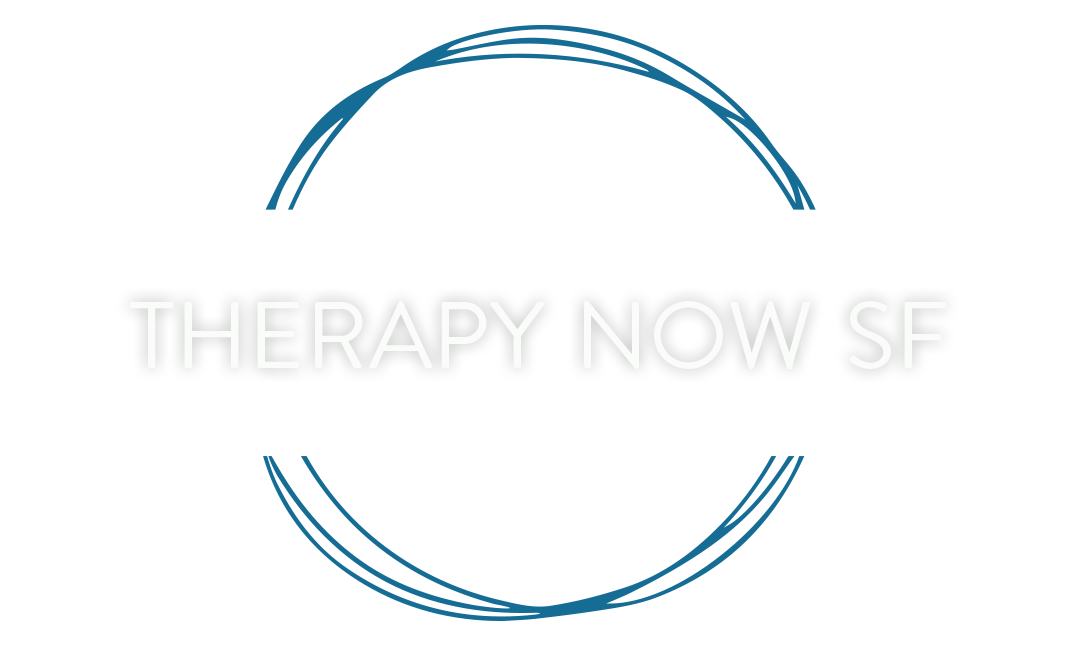By Amynta Hayenga
The Bay Area has announced mass social distancing this week in order to slow the infection rate of the COVID-19 illness, and many of us are feeling uneasy. Our routines are disrupted. We’re stuck at home for days on end. We worry about the health of our loved ones and the vulnerable members in our community. Our minds keep obsessing over any new or concerning physical sensation, fearing a harbinger of catastrophic illness. We freak the $*@& out if we hear someone cough.
How do we balance staying informed with staying calm?
How do we address our social needs from a distance?
And where can I find some toilet paper??
We have some suggestions for keeping sane during this insane time.
Find a purpose
In a yoga class, we often set an intention at the beginning of our practice in order to focus our efforts and give our energy to something greater than ourselves. Instead of getting caught up in all the details of what is and is not open, how our daily routines will change, and every mundane decision that is impacted by the current public health crisis, take a moment. Take a breath. And think about why this time of self-quarantine is important. How is this quarantine an ethical and moral choice for you? What is most important to remember in these difficult times? How do your values guide you right now? Transcend the daily struggle by remembering the big picture. Love. Community. Faith. Protecting those in need. And so on.
Create some gentle structure
With our routines disrupted, it might seem like the perfect opportunity to binge Love Is Blind and eat cereal for every meal. In small doses, this can be a fun distraction to be sure. But you’ll feel better physically, mentally and emotionally by looking after yourself properly. Try to break up your day into three sections - morning, afternoon, and evening. Then pick 1-2 things to accomplish during each period. Write them down and cross them off as you go through the day. Look for a mix of “productivity” tasks and “play” tasks. Cook. Clean. Move your body. Start a project. Read a book. Work sensibly. Repeat.
Set healthy limits
There’s only so much news we can digest each day and it’s not refreshing NYTimes, The Guardian, and the SF Chronicle twenty times an hour. Social media can be informative and entertaining, but how do you feel after 2 hours of endless scrolling? Notice your experience when reading the news or checking the gram, and pace yourself through the day. Maybe set a timer for 20 minutes, then take a break and start a different activity. Use your devices for more than the constant information rush by exploring the plethora of streaming content, whether your cup of tea is digital library books, live music recordings, virtual museum tours, workout classes, nature videos, Ted Talks, the NY Metropolitan Opera. Find a balance between news engagement and unplugging for renewal.
Support each other
Just because we’re trying to flatten the curve doesn’t mean we suddenly become experts at tolerating isolation. Our social needs did not go on lockdown, so for our wellbeing and those of our loved ones, stay connected! This is a great time to make use of FaceTime, Skype, and Google Hangouts. Check in with family and loved ones. Find out how they’re spending the lockdown, and encourage each other to live well despite the disquiet. Catch up with friends new and old. Make plans for picnics and museum trips and travel when quarantine measures are no longer necessary. Start a digital book club! And if you need a little extra support during these times, we’re offering video streaming appts to new and existing clients at Therapy Now SF. Call or email for a free consultation phone call, and we can have you scheduled for your first appt within the week.
Stay safe out there, and keep washing those hands. ~ Dr. Amynta Hayenga, Registered Psychological Assistant





